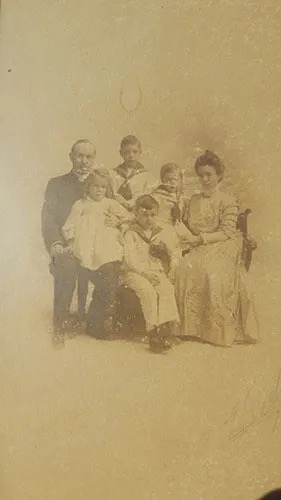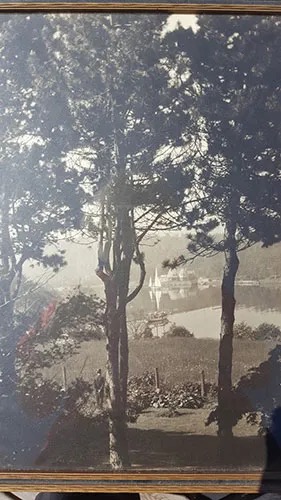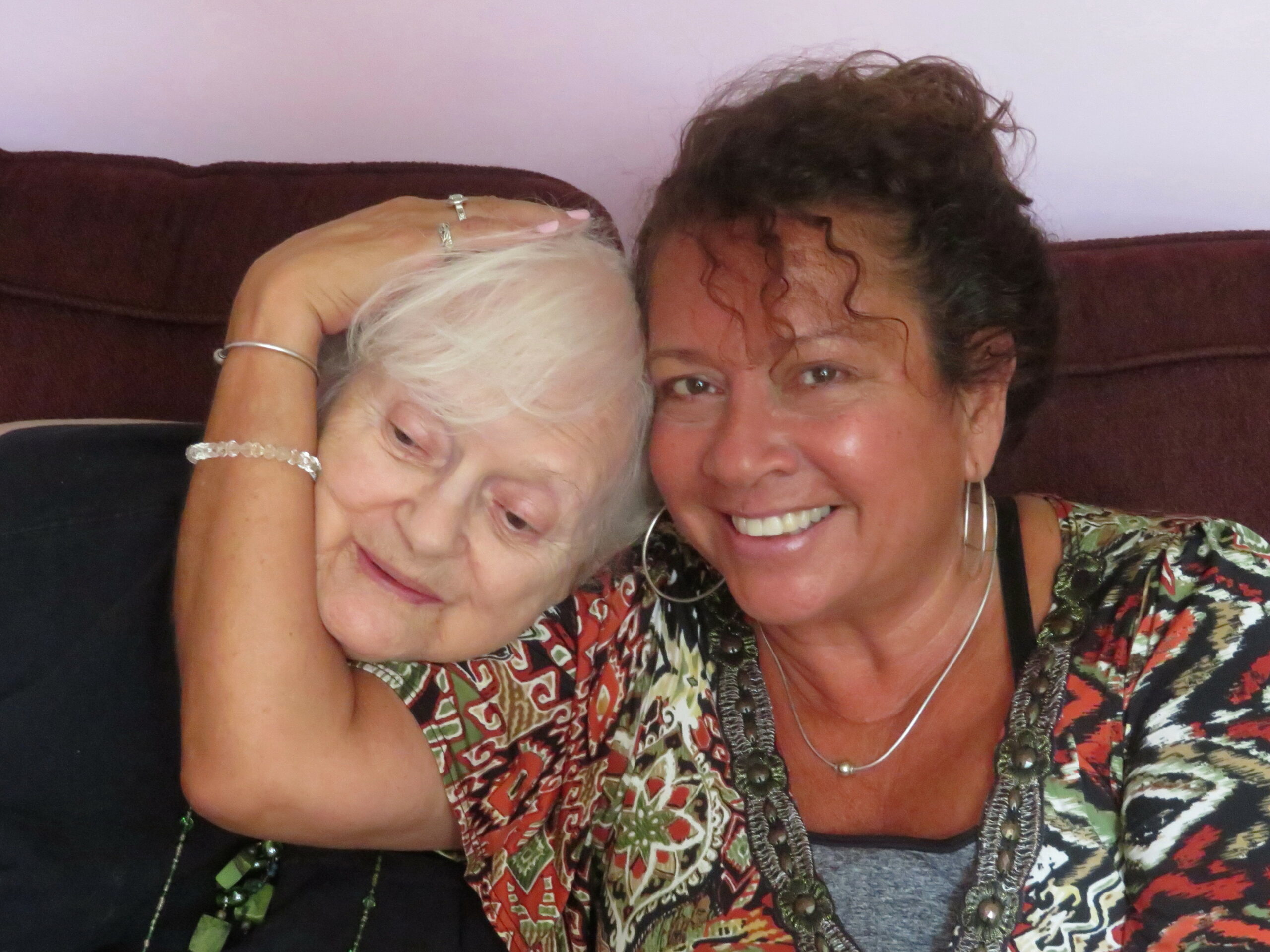Hospice Halifax’s one-on-one interview with Dr. Margaret Casey, also the focus of CBC Nova Scotia’s article published on August 22, 2017: Almost century-old Christmas cards found in Halifax Hospice house.
During July’s soft demo of the two buildings on Francklyn Street, we made the exciting discovery of some Christmas cards, a few calling cards, and a small painting. These items had slipped down behind the mantel in the drawing room, where they were preserved, some for more than a hundred years.

For help identifying the source of the cards and the painting, we turned to Dr. Margaret Casey. A medical practitioner in Halifax, she is well known for her role in developing the North End Community Health Centre and is also a big supporter of Hospice.
It turns out that her grandparents and their children were the first people to occupy the more northerly of the two houses, whose address was 42 Francklyn (later changed to 620). The family took up residence in 1909, when Dr. Casey’s grandfather, Reverend Clarence Mackinnon, became Principal of Pine Hill Divinity Hall, a precursor of today’s Atlantic School of Theology. The dates on some of the items – 1913, 1928, and 1932 – further confirmed their connection to Dr. Casey’s family.
The style of the cards and the messages they bear are charming. One holiday greeting card reads, “To wish you the old old wish, a Merry Christmas and a Happy New Year.” There is also a calling card from a South Park Street resident to an “At home” from 4 to 6 p.m., an occasion when the lady of the house would receive female (no male!) visitors.
The small painting that was also found depicts a Swiss scene. Dr. Casey’s grandmother spent two years learning French in Switzerland as a young woman, around 1888, and the first thought was that the painting had been made by her. But in the end it was decided that the piece is probably the work of a friend who was also in Switzerland at the time.
In addition to providing a window into how informal socializing took place in the Edwardian era, the cards underscore how different that part of Halifax was a hundred years ago. For instance, from her childhood Dr. Casey recalls a cow grazing in the field between her grandparents’ house and the Arm.
“It’s hard to believe how much everything has changed,” she said. The area will change more with the construction of the new building, and Dr. Casey admits to a sentimental pang about her family’s old home. “But,” she adds, “I’m delighted that the new structure is being built. The residential hospice will help to meet a very real and pressing need in HRM.”





